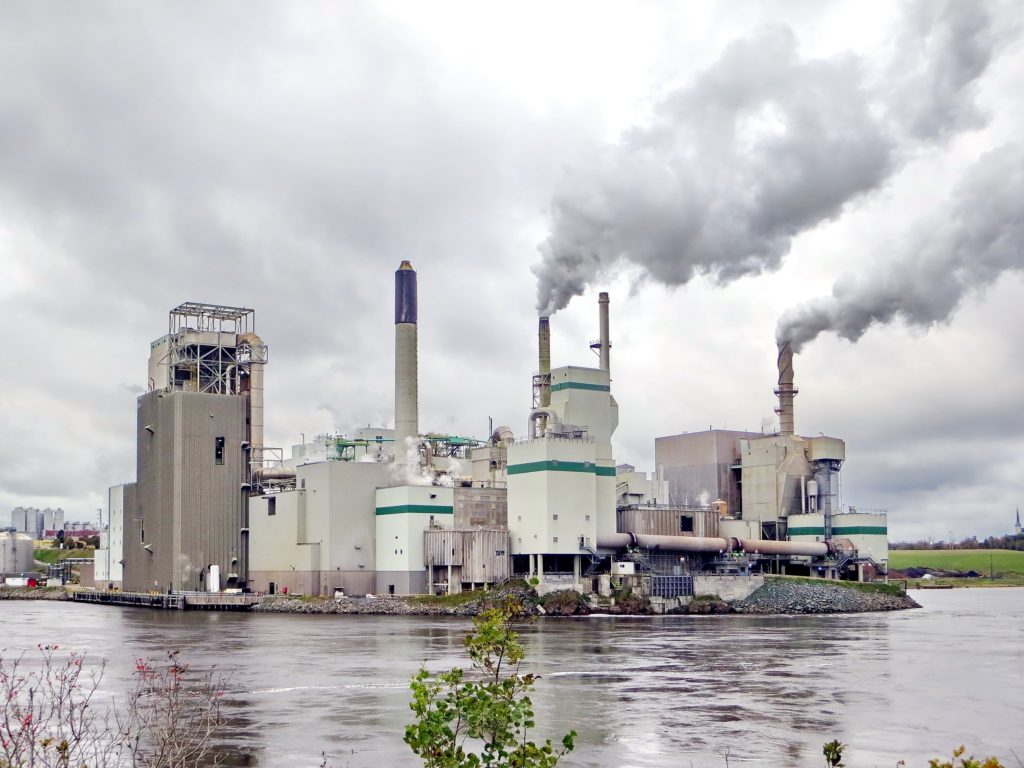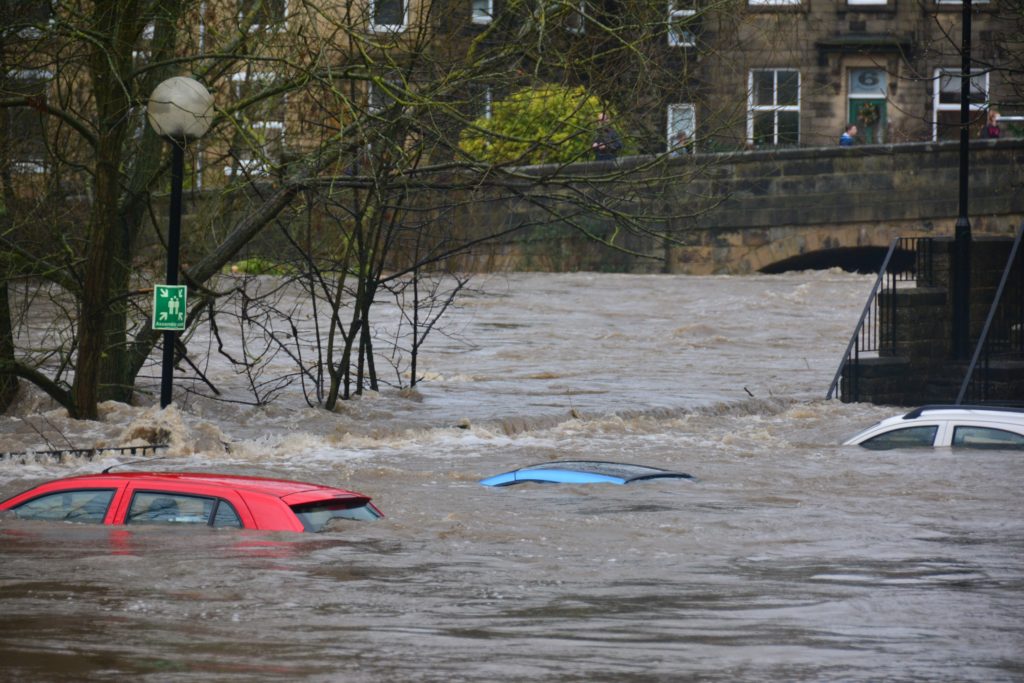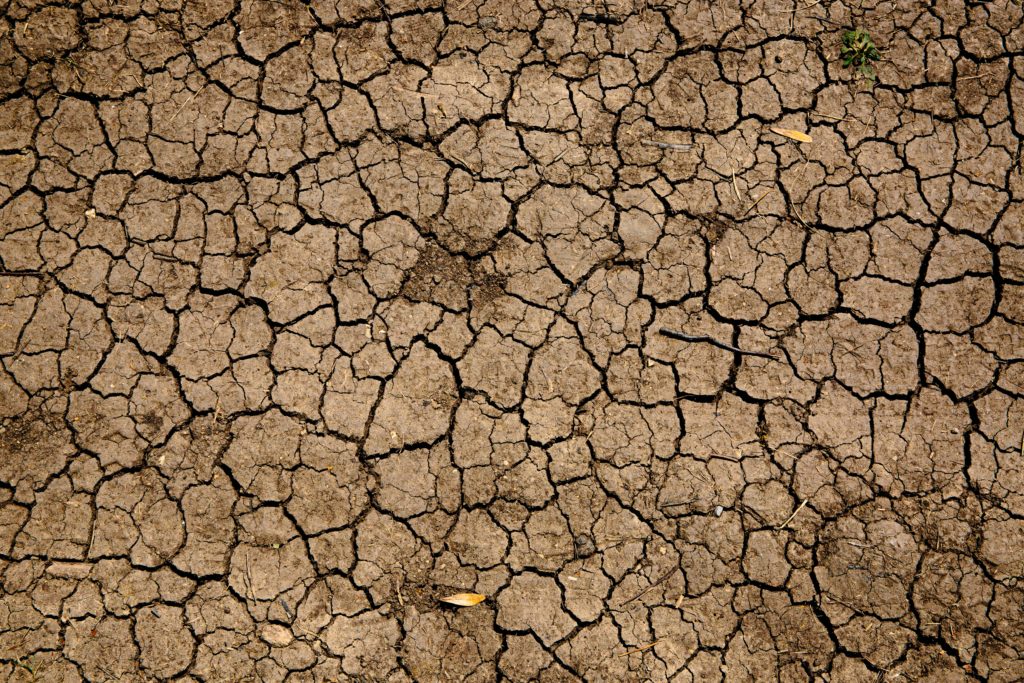Carbon Neutrality
Net zero or carbon neutrality is a state where there is no net release of greenhouse gases into the atmosphere. This can be achieved by balancing emissions of greenhouse gases with their removal or by eliminating emissions from society altogether. There are many ways to achieve carbon neutrality, but all of them require concerted effort and a commitment to change.
Climate Change
Climate change is a global problem that requires a global solution. Climate change is defined as a change in the Earth’s climate that persists over a long period of time. Climate change can be caused by natural factors, such as changes in the sun’s output, or by human activities, such as burning fossil fuels.
The evidence for climate change is overwhelming. The Earth’s average surface temperature has risen by about 1.5 degrees Fahrenheit since 1850. This may not sound like much, but it has already had a profound impact on the Earth’s climate.
A warmer climate, global warming, is causing the ice caps to melt, sea levels to rise, and extreme weather events to become more common. Climate change is also causing ocean acidification, which is a threat to marine life. The effects of climate change are already being felt around the world. And they are expected to intensify in the future. Climate change is a global problem that requires a global solution.
Greenhouse Gases
There are a number of greenhouse gases that contribute to climate change, but the most important one is carbon dioxide. Carbon dioxide is released when fossil fuels are burned, and it trap heat in the atmosphere, causing the Earth’s temperature to rise. Other greenhouse gases include methane, nitrous oxide, and fluorinated gases.
Methane is produced when organic matter decomposes without oxygen, such as in landfills or digestive systems of livestock. It is also emitted during natural gas production and leaks from pipelines. Nitrous oxide comes from fertilizers, automobiles, and power plants. Fluorinated gases are used in a variety of industrial processes and are very potent greenhouse gases.
Carbon Emissions

There are two ways to achieve net zero carbon emissions: by reducing the amount of carbon dioxide that is released into the atmosphere, or by increasing the amount that is removed from the atmosphere.
Reducing Carbon Emissions
The most obvious way to reduce emissions is to use less energy. This can be done by improving energy efficiency in homes, businesses, and factories. Alternatively, we can switch to cleaner sources of energy such as solar, wind, and nuclear power. Electric vehicles are also becoming increasingly popular as a way to reduce transportation-related emissions.
Carbon Removals & Net Zero
In order to offset the carbon dioxide that we can’t yet eliminate, we need to find ways to remove it from the atmosphere. This can be done through a process called carbon sequestration. Carbon sequestration is the capture and storage of carbon dioxide that would otherwise be released into the atmosphere. There are a number of ways to do this, but the most common is through planting trees or other vegetation. This process is called “biosequestration”. Trees and plants absorb carbon dioxide from the atmosphere and store it in their leaves, branches, and trunk. When they die, this carbon is released back into the atmosphere.
Another way to sequester carbon dioxide is through “geosequestration”, which involves storing it in depleted oil and gas reservoirs, deep underground saline aquifers, or in the ocean.
Carbon Offsets & Net Zero
A carbon offset is a way to compensate for the emissions that you can’t eliminate. This can be done by investing in projects that reduce greenhouse gas emissions or by sequestering carbon dioxide.
Voluntary Carbon Offsets
A common type of carbon offset is the “voluntary offset”. Voluntary offsets are purchased by individuals or businesses who want to offset their emissions but don’t have any legal obligation to do so. The most common type of voluntary offset is the “carbon credit”. Carbon credits are like a currency, and they can be bought and sold on carbon markets.
Cap-and-Trade Programs
Another way to offset your emissions is through “cap-and-trade” programs. Cap-and-trade programs are a type of carbon pricing or compliance carbon program. They set a limit (or “cap”) on the amount of emissions that can be released into the atmosphere. Companies that exceed their emissions limit must purchase allowances or “carbon credits” from those who have emitted less than their allotted amount.
The Kyoto Protocol

The Kyoto Protocol is an international agreement that was adopted in 1997. The Protocol sets targets for developed countries to reduce their greenhouse gas emissions. Countries that sign the Protocol agree to reduce their emissions by an average of 5% below 1990 levels.
The Paris Agreement
The Paris Agreement is a more recent international agreement that was adopted in 2015. The Agreement’s goal is to keep global temperature rise this century well below 2 degrees Celsius above pre-industrial levels. To do this, the Agreement calls on all countries to make voluntary commitments to reduce their emissions.
Net Zero Buildings
A “net zero building” is a building that produces as much energy as it consumes. These buildings are usually equipped with solar panels or other renewable energy sources. Net zero buildings are becoming increasingly common as a way to reduce emissions and improve energy efficiency.
Renewable Energy & Net Zero
Renewable energy plays a crucial role in achieving carbon neutrality. Renewable energy sources such as solar, wind, and hydro power produce no emissions when they are used. They also have the potential to provide a large percentage of the world’s energy needs. Currently, renewable energy sources account for about 20% of global electricity generation. But this is expected to increase in the future as costs continue to fall and technology improves.
2030 Emissions Goals

The Paris Agreement sets a goal of keeping global temperature rise this century well below 2 degrees Celsius above pre-industrial levels. To do this, the Agreement calls on all countries to make voluntary commitments to reduce their emissions.
Many countries have set goals to achieve carbon neutrality by 2030. These include the United Kingdom, Sweden, and Denmark. The United States has also set a goal of reducing emissions by 26-28% below 2005 levels by 2025. Individuals can also make a commitment to reduce their emissions. There are many things you can do to reduce your carbon footprint, such as eating less meat, driving less, and purchasing carbon offsets.
2050 Emissions Goals
Achieving carbon neutrality by 2050 is an ambitious goal, but it is possible. To meet this goal, we will need to make significant changes in the way we live and do business. We will need to use less energy, produce less waste, and consume less resources. We will also need to develop and use new technologies that can help us achieve these goals.
Reaching Net Zero
Achieving carbon neutrality requires a concerted effort from individuals, businesses, and governments around the world. But it is an achievable goal. And it’s a necessary one if we are to avoid the worst impacts of climate change.

